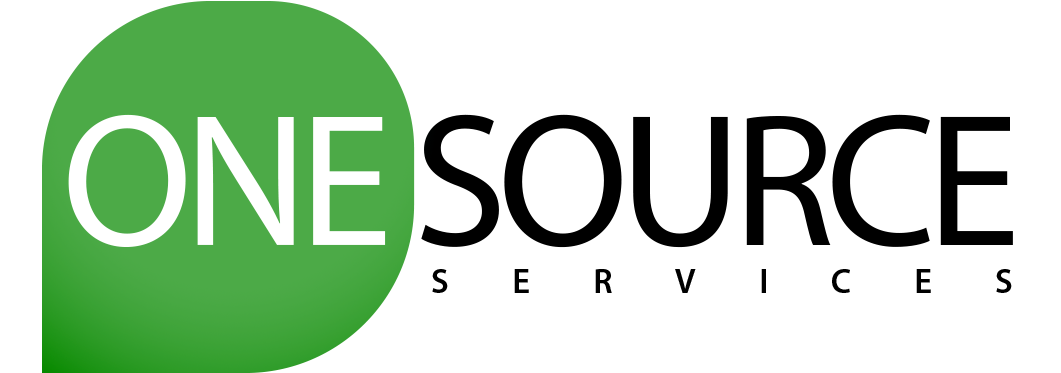Is your business setup to make money or is it just an expensive hobby?
A healthy business with the potential to create wealth must have profit, good cash flow, assets that are growing faster than liabilities, clear goal setting, and meaningful financial statements.
Sherman Oaks Accounting & Bookkeeping powered by One Source Services, Inc. has developed a short 6-question assessment that all business owners can use to determine whether or not their business is healthy and has wealth potential.
Is your business profitable?
Profits are measured on your net income statement.
Many business owners make the mistake of using net revenue, or net sales, but those folks are only getting part of the story.
To see the full picture, you’ve got to account for all of your business expenses, both direct and indirect. You don’t really know your true profit until you’ve deducted all expenses from sales including accounting fees, utilities, rent, insurance, supplies, tech-support, etc. Anything that costs money must be deducted.
Once you have your business’s net income amount, then you can determine whether your business is profitable. Is it a positive amount? Then you are making money!
But you’re not quite out of the woods yet; can that profit be turned into cash?
Does your business have enough cash?
Much as your body can’t survive without blood, your business will fail without cash.
Essentially, cash is what your customers pay you. But sometimes what you charged them isn’t exactly what you received.
For instance, occasionally customers don’t pay your full retail price because of third parties like PayPal that take a percentage of the transaction amount. Or, there may be a delay between when you finish a job and when you actually get paid.
Issues like these must be carefully managed for a thriving business.
What’s growing faster: your assets or your liabilities?
Many business owners are so focused on the day-to-day operations that they don’t consider their terminal value, or what their business would be worth if they sold it.
The goal is to build a business that grows assets a lot faster than it grows liabilities.
What are your goals for your business?
Some successful business owners build wealth by selling their businesses while others build wealth by using their businesses as collateral for investing in new ventures.
Do you know how to interpret your balance sheet?
If you don’t, then you’re inevitably missing out on big profit and cash-flow potential and probably carrying more failure risk than you realize
To know your terminal value, you must look at your balance sheet. The balance sheet paints a clear picture of your assets, liabilities, and the net worth of your business.
When you apply for seed money and other loans, bankers and investors will want to see your balance sheet when determining how much your business is worth.
Do you utilize your business’s profit and loss statement?
Sherman Oaks Accounting & Bookkeeping powered by One Source Services, Inc. often helps business owners who don’t know how to read their profit and loss statements. There are some basic things that will help you better utilize this important tool for your business:
+ Your P&L, or income statement, is based on the simple formula of sales minus cost equals profit. The rest is just breaking down sales or cost into more details and adding subtotals to elaborate.
+ Sales are usually displayed at the top. Costs are down below sales. Profit is usually shown at the bottom. No matter how many subtotals you see as you move down the column, the formula will always be sales minus costs equal profit.
+ For some, their confusion comes down to semantics. Learn the synonyms used for sales, costs, and profits and suddenly the P&L seems simpler. For example, sales may also be referred to as revenue or income.
+ Generally, all income or revenue components are added together in one line called total sales. Sales may be listed from many sources, such as dine-in sales versus take-out sales and catering sales. Businesses may choose to break down sales in as many ways as they’d like to create more meaningful financial statements that can be analyzed to maximize growth.
+ The same is true for costs. Costs are usually broken down into numerous components like material costs, labor costs, and overhead costs. Most businesses find it’s most useful to track costs by those directly related to delivering goods or services (COGS or cost of goods sold) and those costs that are not.
+ Gross profit, or gross margin, is just your sales minus your COGS. In other words, it’s the money your business earned after subtracting how much it costs to deliver your product or service. It’s also the money you must use to cover other business related costs and still make a profit. These non-COGS expenses are often referred to as general and administrative costs. So really, the P&L is broken down into 2 parts: sales minus COGS equals gross profit, and then gross profit minus SG&A equals profit.
Still having trouble understanding your financial statements?
Don’t just file them away without reading them!
Call Sherman Oaks Accounting & Bookkeeping powered by One Source Services, Inc. and we’ll help make sense out of them to maximize your business’s wealth potential and reduce your risk of failure.

